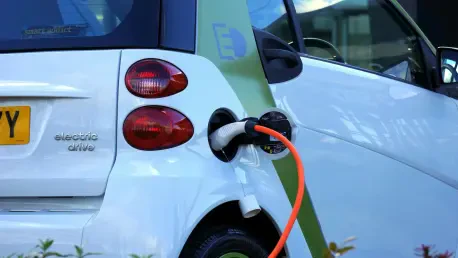
As Europe accelerates its push toward a carbon-neutral future, the electrification of transportation, particularly heavy-duty fleets, stands as a cornerstone of this transformation, yet it faces significant hurdles in scalability and infrastructure readiness. The rapid adoption of electric vehicles

In a transformative stride toward sustainable urban mobility, Cologne, Germany, is witnessing a groundbreaking initiative by the Cologne Public Transport Authority, known as KVB, with the addition of 78 electric buses to its fleet. This procurement stands as the largest single bus order in KVB’s

In an era where wireless devices are integral to daily life, the quest for energy efficiency has become a critical challenge for technologists and engineers across the globe, with billions of connected gadgets—from smartphones to tiny IoT sensors—draining power through constant communication. The

I'm thrilled to sit down with Christopher Hailstone, a seasoned expert in energy management and renewable energy, with a deep understanding of electricity delivery systems. As our Utilities expert, Christopher offers unparalleled insights into grid reliability and security. Today, we’re diving into

In an era where sustainable transportation is no longer a choice but a necessity, Daimler Buses is emerging as a trailblazer with a bold vision to electrify interurban and long-distance bus travel by the end of the decade. Unveiled at a recent Busworld press conference, their strategy goes beyond

In the push toward a greener future, the United Kingdom has rolled out government grants aimed at making electric vehicles (EVs) more accessible to the average consumer, with the hope of accelerating the shift away from traditional gasoline and diesel cars. These financial incentives, designed to